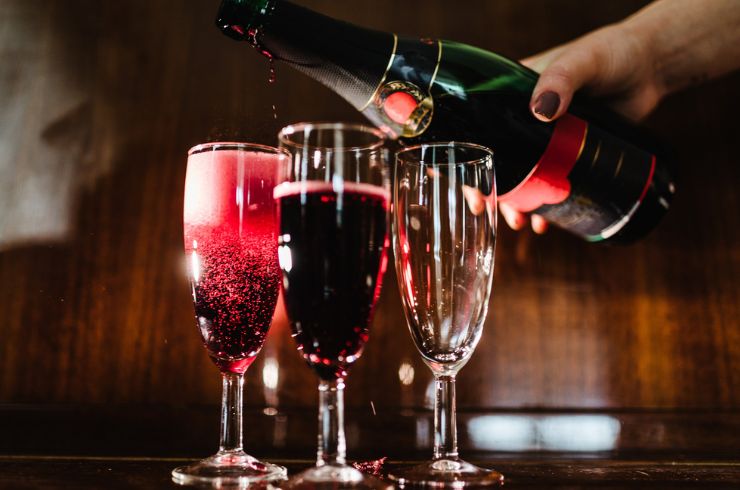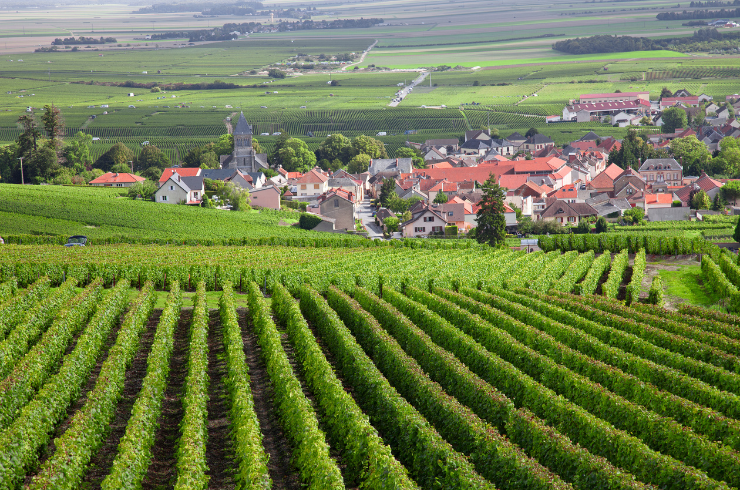As discussion topics go, throwing ‘value’ into the mix is cause for deep thought, reflection and the odd heated argument, especially for winemakers and business owners. What constitutes value? Do consumers agree?
The dictionary definition of value is: ‘Regard that something is held to deserve; the importance, worth, or usefulness of something’. Applied as a verb, it is an estimate of monetary worth. “Value can be a bit of a hackneyed term,” says Seppeltsfield Wines’ chief winemaker Fiona Donald. “What precisely does it mean? It’s all a bit one dimensional if you just think of value in terms of price. It is so much more than that.” Fiona pauses. “Is it delicious? Do people remember a wine just as they did when they chose it at cellar door? Is it sellable, is it impressive, and are they going to take it to a barbecue or a dinner party, where everyone will say it’s a really good wine?”
Seppeltsfield champions dependability, provenance and storytelling through a range of wines and price tags. From the $30 ‘joven’ style 2021 Barossa Grenache (vinified through the historic 1888 Gravity Cellar), to the Seppeltsfield 1921 Para Vintage Tawny. At $700/100ml, the rare drop is believed to be part of the longest unbroken line of century-old, single vintage tawnys in the world. It is difficult to put a price on that. “Provenance is a guarantee for the consumer of where the wine comes from and that what we’re saying in our storytelling is true,” Fiona says.
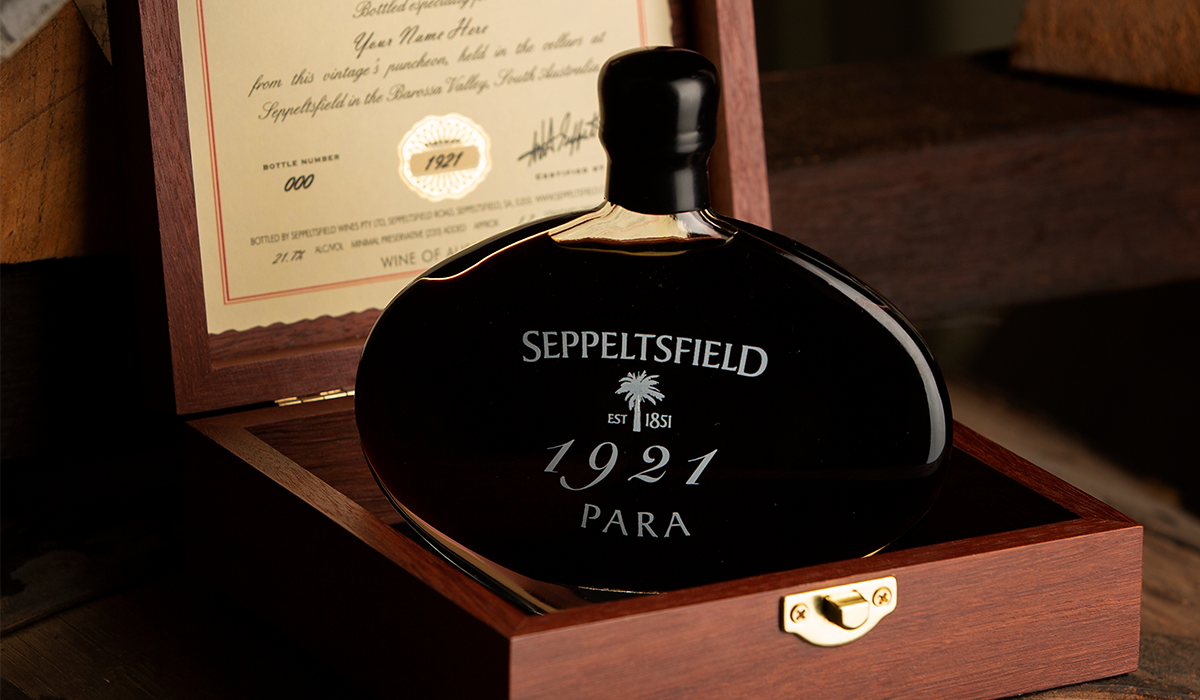
Winemaking is a multi-layered beast. Before a wine makes it into the glass, there are growing expenses, water, winery overheads, labour, material costs, and government taxes to consider. Mother Nature has a tendency to deal harsh blows, as Riverland grower Ashley Ratcliff experienced after a succession of hail events battered his precious vineyards of alternative varieties in November. “In a matter of a few minutes, we became just a shiraz, cabernet sauvignon and chardonnay grower,” he says. Ashley isn’t one for defeat. The Ricca Terra Farms viticulturist is unwavering in his promotion of the Riverland and the alternative varieties grown there. “What we’re doing is not about being cheap and cheerful,” he says. “It’s not about tonnes per acre…it’s about quality. We’re trying to change the mindset in our region; to improve resources and use them in a sustainable manner. Value comes back to price, but promoting a region has to count for something.”
Banrock Station also promotes South Australia’s Riverland. There, winemaker Andrew Brookes makes a swag of wines clocking in at less than $20 a bottle. “Wine is so much more than what’s in your glass,” he says. “I like to understand the practices that go into growing the fruit, making the wine, packaging the wine, transporting the product as well as a brand’s values. For me, the bigger picture represents value. Subsequently, our wines are well-priced, taste great, are 100 per cent vegan, use sustainable packaging that transports better with lower greenhouse emissions and are grown sustainability. The most memorable wines I’ve experienced have been purchased or enjoyed while visiting the wineries or cellar doors in which they are made. These wines offer incredible value because of the overall experience you receive while doing so.”
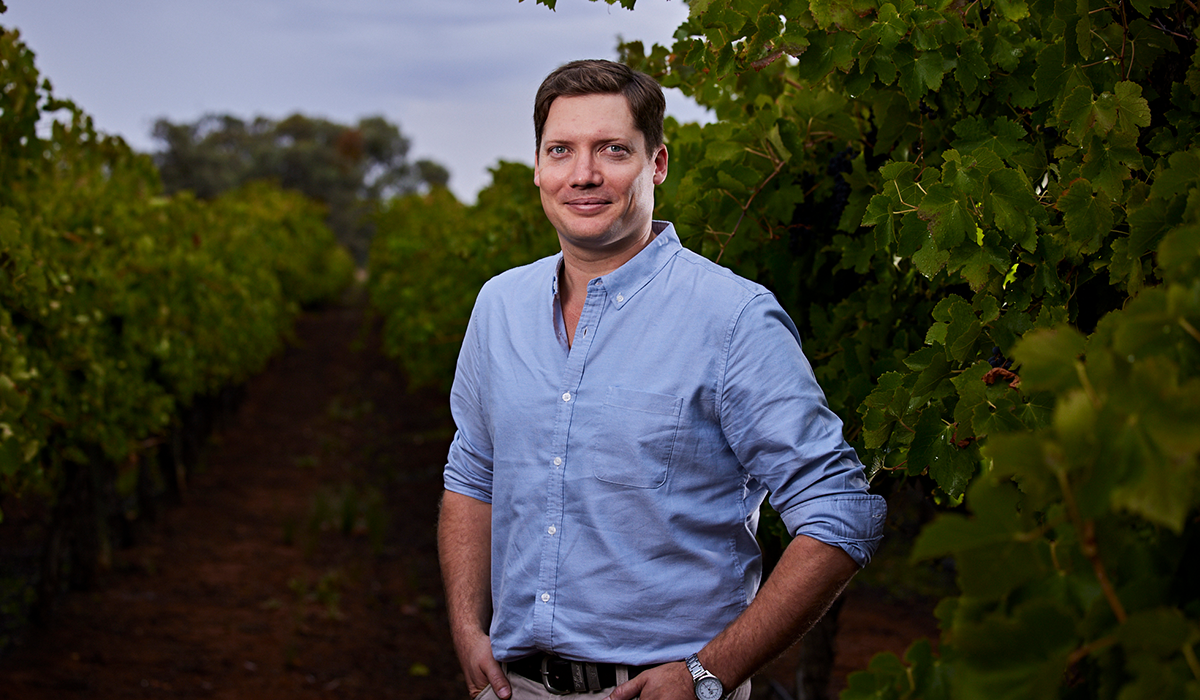
Meanwhile, in Victoria, Sutton Grange Winery’s Adam Cash has his eye on the vineyard. The general manager of sales and hospitality believes value starts in the vineyard. “It’s not cheap to produce quality fruit and that extends to the picking process [hand-picked] and also vinification [French oak, maturation prior to release],” he says.
Authenticity is extremely important to the Sutton Grange Winery team. “Our motto is ‘Wines That Stand Alone’,” Adam says. “We strive to make wines of quality and character that reflect their place in Central Victoria and the heritage of the site and the varietals that have proven their worth in our granitic soil.” For their efforts, the 2018 Sutton Grange Estate Syrah ($65) took out the 2021 Sydney Royal Wine Show Dr Gilbert Phillips Memorial Perpetual Trophy for Best Red Wine.
“What makes a wine punch above its weight? Adam says. “Intensity of aroma, flavours that excite, something that is a little bit out of reach, and complexity. Something that draws you back in for another sip and demands further enjoyment. This can jump out of a $14 bottle of riesling from South Australia or a $400 bottle from Burgundy.” There’s nothing like unearthing a stunning new vinous find. “Value can appear in an emerging brand that hasn’t yet found the cache of established names,” Adam says. “There might be a winery that has found a site in a great region and is getting started and is still in relatively low demand, and priced accordingly.”
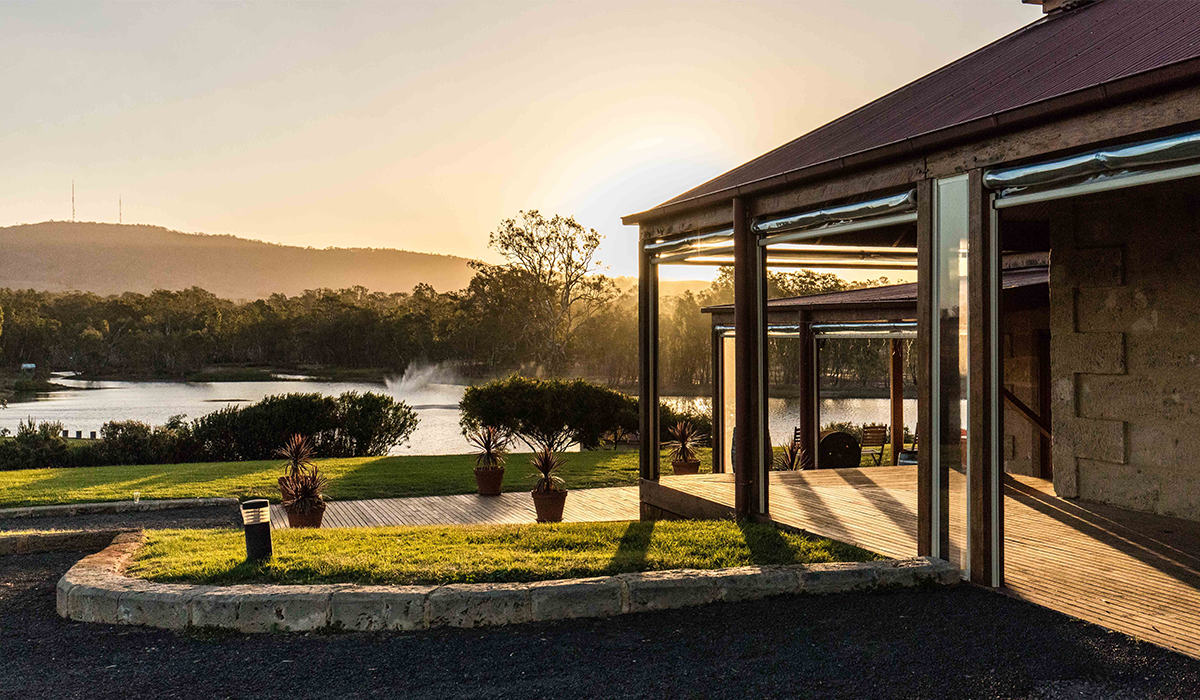
Cue small family business Fallen Giants, located at Halls Gap in the Grampians. Siblings Rebecca and Aaron Drummond ran their small business relatively under the radar until winning the 2021 Royal Melbourne Wine Awards’ coveted Jimmy Watson Trophy. The honour went to the 2019 Fallen Giants Shiraz, a steal at just $35 a bottle. Value doesn’t get much better, especially when you delve into their approach to their special patch of certified organic land. “We’re not just producing wine for the sake of it,” Rebecca says. “We really invest in the quality of what we produce, the way we farm and the impact we have on the land. We want to leave it better than we found it – that’s our philosophy.
The life in the vineyard over the past few years is just amazing. The soil is chock-a-block full of worms and insects. It feels like it’s got a real energy about it. Part of the value of what we do is walking lightly on the ground – and still producing a reasonably priced wine while we’re doing it.” Fallen Giants invests time and effort in educating consumers at cellar door. “When they visit us, they don’t see perfectly manicured under vine areas – it’s a healthy, living, breathing vineyard and we explain why.”
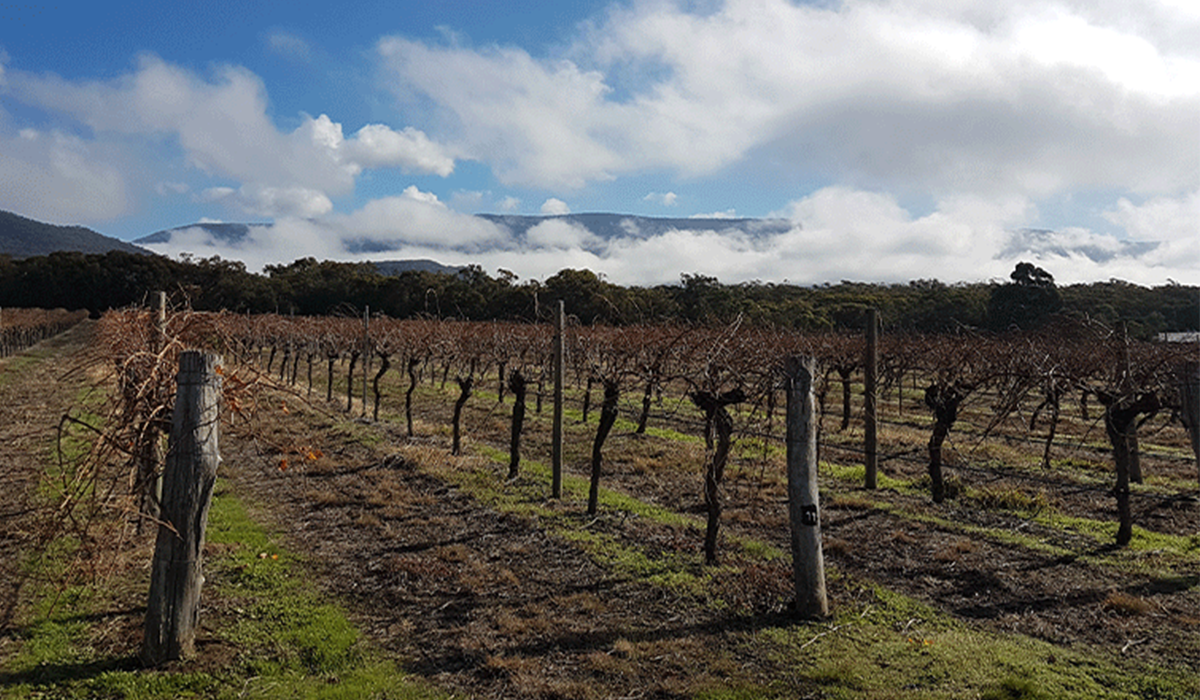
Behemoth Casella Family Brands has noticed change, too. Owner John Casella celebrated 20 years of Yellow Tail in 2021. During that time, he went from humble beginnings to a brand with serious international clout, largely thanks to its approachable, affordable, consistent wines. Global marketing and export sales manager Libby Nutt says consumers are increasingly conscious about the wine they drink and the values to which a brand holds dear. “In the future, value will also come down to our social impact,” she says. “That’s becoming increasingly important for younger drinkers and consumers. Sustainability isn’t just economic and environmental, it’s about social impact too and what that means for consumers. That’s becoming increasingly important to us.”
A holistic experience is crucial to Polperro and Even Keel winemaker Sam Coverdale, who also runs Mornington Peninsula’s Many Little Bar & Dining. “We are biodynamic and organically certified here, so we’re very much about making sure the land is taken care of,” Sam says. Sam also likes to muse about sustainability from a business point of view. “Can you afford to actually stay open, pay your bills and look after your staff? Is that sustainable? What do I need to charge to make sure it is? That’s the way I view value now.” Sam believes the pandemic contributed to a shift in the public’s perception of value. “We were in such a crazy spin before it hit; it was like you were on a treadmill. Everyone was rushed through life and never really had time to reflect on what they were doing, eating and drinking.”
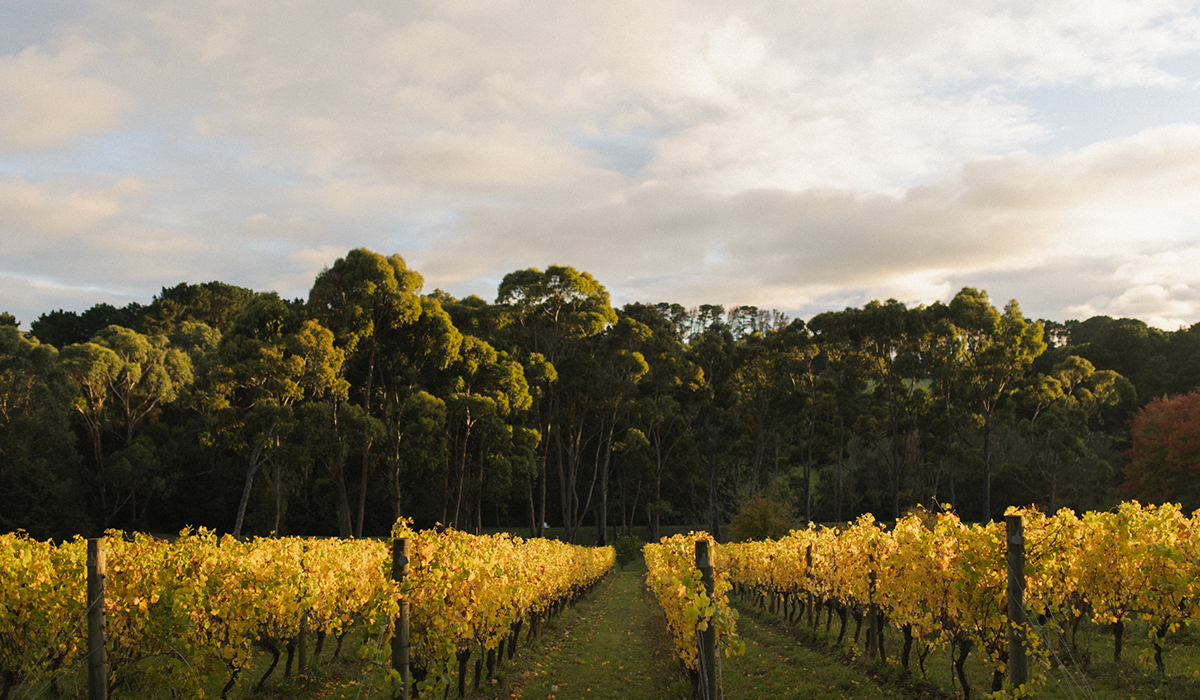
Sam has since noticed greater appreciation for connection to place and an experience. “The bulk of people who come to our restaurants and cellar door here in Victoria are traumatised,” he says. “They’re yearning to be nurtured and just want an experience. Wine on its own is great, but in context of the environment and the people you’re eating or drinking with, that adds a whole other realm to value. People also seem to appreciate artisan, handcrafted products more now." Sam believes we have a lot to learn from the European attitude to life. “Italians, bless them, really do appreciate the art of it all. They appreciate that someone put their time into the craft. They see value in that and I think that’s where we need to be.”
This article first appeared in issue #63 of Halliday magazine. Become a member to receive the print publication as well as digital access.
